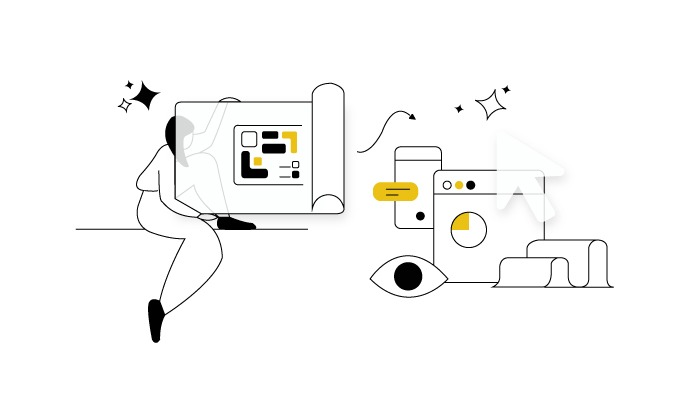Working with enterprise UX has it’s own challenges which are simply not easy!
Enterprise products are huge and often the product owner is much younger than the product itself. In essence, the product has a past history which may or may not be fully known by any of the product team members. There could be parts of the product which dates back to the product’s inception and may not be relevant anymore. Shaking up this archaic beast is no easy task.
Imagine the product to be like a ship which is carrying the passengers and cargo and has limited resources (food, battery etc). And the UX revamp to be like fixing the ship. The captain of the ship (the product owner) is having the responsibility for the safety of the ship and passengers.
Broadly there can be two ways to revamp an enterprise product:
- Ship of Theseus — Doing repairs with passengers on the ship
- Build a new ship — Parking the passengers to a mid sea island
Ship of Theseus
The ship of Theseus method refers to continuing with the product’s day to day life yet selectively identifying modules of the product which can undergo UX revamp. And ensuring the entire product is revamped module by module. This is analogous to the famous Ship of Theseus paradox where the ship is being replaced part by part as they get older but never the ship remains the same effectively keeping the identity of the ship same forever.
Advantages
- The risk of business dis-continuity is avoided
- The management can see some quick results and doesn’t have to wait
Disadvantages
- The product’s identity cannot change as this method has to respect the legacy of the product (some great and some bad) and hence the revamped product is at the risk be being irrelevant to the new market even after revamp
Build a new ship
This method refers to starting to build the a new product fresh and once completed slowly retiring the old product back to it’s elements. However, a lot of old product’s wisdom taken into account during the inception of the new product.
Advantages
- The product has now every possibility of retaining it’s great legacy (shedding the bad ones) and yet rediscover itself with a new identity.
Disadvantages
- The risk of business discontinuity looms over the management until they start seeing some screen or interaction sweeps them off the feet (which unfortunately takes time). The management’s anxiety can sometimes lead to breakdown of the project.
As you can see there are pro-and-cons in both the methods both of them could meet a terrible fate if the management do not understand the difference between the two methods.
In my next blog post I will elaborate how to get the best of both the worlds mentioned above!







